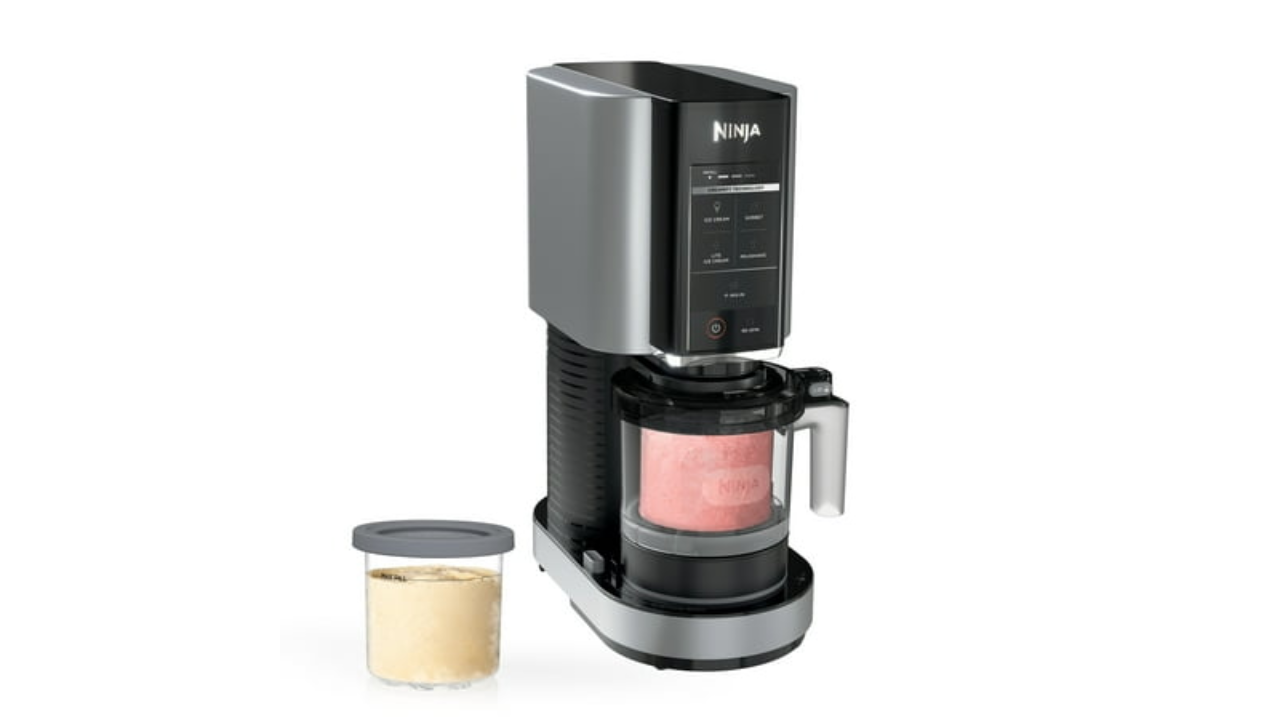We’ve covered Framework’s modular, easy-to-repair laptops plenty here at Engadget and with good reason. Its mission is to end the need for users to toss out an otherwise perfect machine when just one component goes dead. But, as the company matures, it also has to tackle the issue of what happens when people choose to upgrade for performance reasons. An early buyer might choose to swap their 11th-gen Intel mainboard for any of its successors, or leap across the aisle to get the newly-released AMD edition. That leaves them with an otherwise perfectly functional mainboard they either have to sell on, turn into a hobby project or, more likely, leave on a shelf gathering dust as a just-in-case option. That’s why the company hooked up with Cooler Master to give you a far better alternative.
The Framework x Cooler Master Mainboard Case is a $39 barebones chassis into which you can put your existing Framework mainboard. For that, you get a cool-looking plastic frame and a kickstand, with four VESA mount screws buried inside and, uh, not much else. That’s the point, since you can either cannibalize other components from your laptop, use any compatible spares that are lying around, or pick up fresh ones from Framework on the cheap. I’d say this is aimed not at Framework’s dedicated and talented hobbyist community, which has made a raft of great 3D-printed cases on their own. Instead, it’s pointed at people like me, who break into a sweat whenever a DIY Perks video mentions soldering. (If you’re reading this, doubtless you’ve seen that video about preserving broken laptops but I also bet you’ve never tried to actually do it.)
If you’re starting from a clean slate, you can probably pick up a better-specced mini PC for less cash. But if you’re already inside Framework’s ecosystem, and you have one of those boards to hand, as well as some other spare components, then this makes perfect sense. After all, that first generation model I tested was packing a Core i7-1165G7; more than enough power for everyday tasks like browsing, productivity work or for use as a media center. The case is flexible enough to let you pick and choose what accessories you need or use, including pre-drilled holes for you to add SMA antennas rather than reusing a laptop WiFi module. Oh, and you’ll need to buy a 100W charger since the mainboard was designed to be used with a battery.
The byword is flexibility both in letting you choose how you want to craft your system, but also a comment on the build quality. $39 doesn’t buy you a lot, and the two halves of the plastic case are a lot flimsier than I would like. It doesn’t help that you don’t so much mount the components onto the backboard as place them in, and then they’re held in place when you screw the lid in. It’s easy enough to drop all of the parts in – although a lack of cable routing for the WiFi was an issue when it came to seal this all up. Not to mention, the first time I screwed it all in, the USB-C ports for the expansion cards didn’t sit properly over the holes for them to pass through.
The only other roadblock to my initial setup was that I couldn’t get the unit to push video to the TV. You need to set the mainboard into Standalone mode, but the iFixit-style guides don’t make it massively clear about how you go about doing that. Especially if you spend half an hour in the BIOS looking for the setting to no avail before and after installing a batch of updates. In the end I just dumped the board back in the case to see if anything had changed and, to my surprise, it booted straight to the screen. It’s worth hoping Framework remembers its user base might have a broader range of abilities than it expects and that no instruction should be made off-hand.
Once I’d dealt with those teething woes and poked the WiFi cables back into place by shoving a screwdriver through the VESA mount hole, I was ready to go. Since this is a Framework laptop just outside its usual chassis, you get the same pick of USB-C expansion cards as usual. With a HDMI-out and a couple of USB-A ports for peripherals, I was streaming 4K video without issue just as soon as I’d signed into Plex. Fundamentally, for those of us too timid to even think about rolling their own hobby project, it’s tools like this that make these projects accessible.
This article originally appeared on Engadget at https://www.engadget.com/cooler-masters-framework-case-gives-your-laptop-a-second-life-150051741.html?src=rss
Credit: Source link









